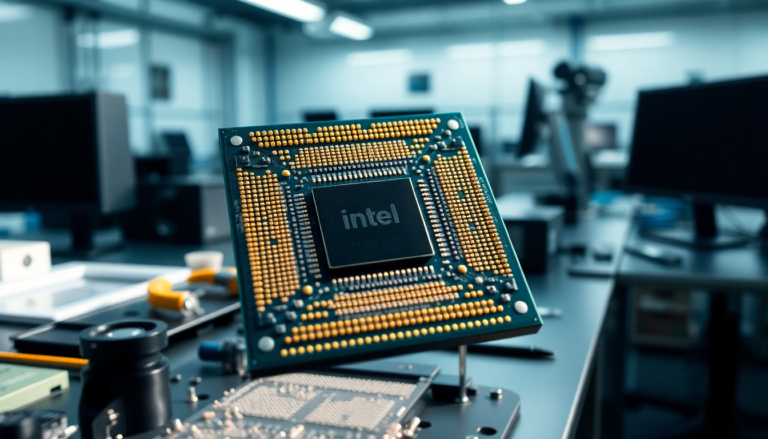Argomenti trattati
Introduction to Arrow Lake architecture
Intel’s Arrow Lake architecture may not be the fastest in gaming performance, but its design showcases remarkable engineering prowess. Recently, die shots revealing the intricate structure of this architecture have surfaced, providing a closer look at its chiplet-infused design. As technology enthusiasts delve into these details, the innovative layout of Arrow Lake becomes a topic of great interest.
Understanding the die layout
The initial images shared by tech enthusiast Andreas Schiling on X display the entire die of Intel’s Core Ultra 200S series CPUs. Within the die, the compute tile is positioned at the upper left, accompanied by the I/O tile at the bottom and the SoC and GPU tiles to the right. Additionally, two filler dies are strategically placed to enhance structural integrity.
What sets Arrow Lake apart is its fabrication process. The compute die is produced on TSMC’s advanced N3B node, covering an area of 117.241 mm². Meanwhile, the I/O and SoC tiles are crafted on the older N6 node, with respective sizes of 24.475 mm² and 86.648 mm². Notably, Arrow Lake marks a significant milestone, being Intel’s first architecture to utilize competitor nodes for fabrication, with the exception of the base tile, which is produced on Intel’s 22nm FinFET node.
Examining the sub-components
Further analysis reveals the various sub-components within the Arrow Lake architecture. The I/O tile houses essential features such as the Thunderbolt 4 controller and PCIe Express buffers. In contrast, the SoC tile is responsible for display engines and DDR5 memory controllers, while the GPU tile is equipped with four Xe GPU cores and an Xe LPG render slice.
Another noteworthy aspect of the Arrow Lake design is its core configuration. Unlike previous Intel architectures, Arrow Lake sandwiches the E-cores between the P-cores, a strategic decision aimed at minimizing thermal hotspots. The arrangement places four P-cores on the die’s borders, with the remaining four positioned centrally, while the E-core clusters are nestled between them, enhancing efficiency.
Cache layout and performance enhancements
The cache architecture of Arrow Lake is equally impressive. Each P-core is allocated 3MB of L3 cache, resulting in a total of 36MB, while each E-core cluster features 3MB of L2 cache with 1.5MB shared between two cores. This innovative interconnect links the L2 cache clusters and facilitates communication between core clusters and the ring agent. A significant enhancement introduced with Arrow Lake is the connection of E-core clusters to the L3 cache shared by P-cores, effectively providing E-cores with access to additional cache resources.
Challenges and future prospects
Despite its advanced architecture, Arrow Lake faces challenges, particularly regarding latency issues stemming from the interconnect that links the various tiles. This has resulted in mixed reviews, especially when compared to AMD’s Ryzen 9000 CPUs. Intel is actively seeking solutions through firmware updates to address these performance hurdles, but criticisms have emerged regarding its inability to surpass the previous-generation 14th-generation processors in gaming scenarios.
Looking ahead: The benefits of chiplet design
Transitioning to a chiplet-based architecture positions Intel strategically for future innovations. This modular approach allows for independent development of each tile, providing opportunities for optimization and efficiency improvements. By utilizing different fabrication nodes for various components, Intel can enhance yields, streamline development processes, and reduce overall production costs.
As Intel continues to refine its Arrow Lake architecture, it holds the potential to revolutionize how processors are designed and manufactured, paving the way for advancements in computing technology.

